PC gaming has managed to keep itself at the forefront of revolutionizing the video game as a medium, nay, a piece of art and-slash-or literature that goes beyond the capacity for storytelling and entertainment that traditional media can.
And to its console or mobile-based brethren, PC gaming has, for the most part, shaped the world of gaming for decades. Sure, the console and the smartphone have optimized the “gamer’s” experience by bringing gaming to broader audiences, creating new niches, and carrying streamlined peripherals that rid themselves of the surplus of buttons. However, the mouse and the keyboard have forced developers to think outside of the box in terms of game design, giving birth to different, platform-crossing genres that the world still enjoys today.
Here are some of the video games that helped shape the course of gaming as a whole, and helped solidify PC gamers’ claim to master race status.
Zork (1980)
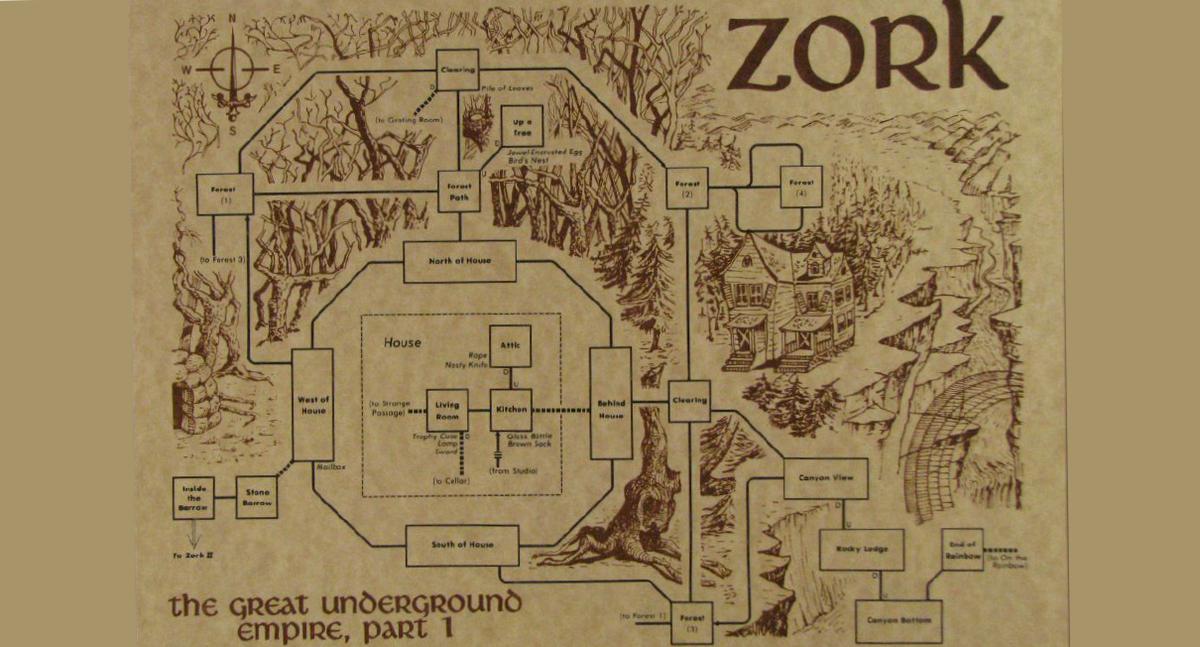
Like any other text-based game, Zork uses the most powerful graphics chip known to man: imagination. And because the program was pretty much a command line, Zork relied on good humor and storytelling to bring players to the ruins of an ancient empire, solving puzzles as they crawl through the dungeon world.
While to younger gamers, text-based games without so much as a sprite in sight works as effectively as Ambien, but interactive fiction, such as the highly regarded Zork, paved the way for role-playing and adventure games of today.
Infocom, the game’s developer, later became the big name for interactive fiction and produced, among others, the cult favorite, and humorously cruel The Hitchhiker’s Guide to the Galaxy based on the Douglas Adams novel of the same name.
Labyrinth (1986)
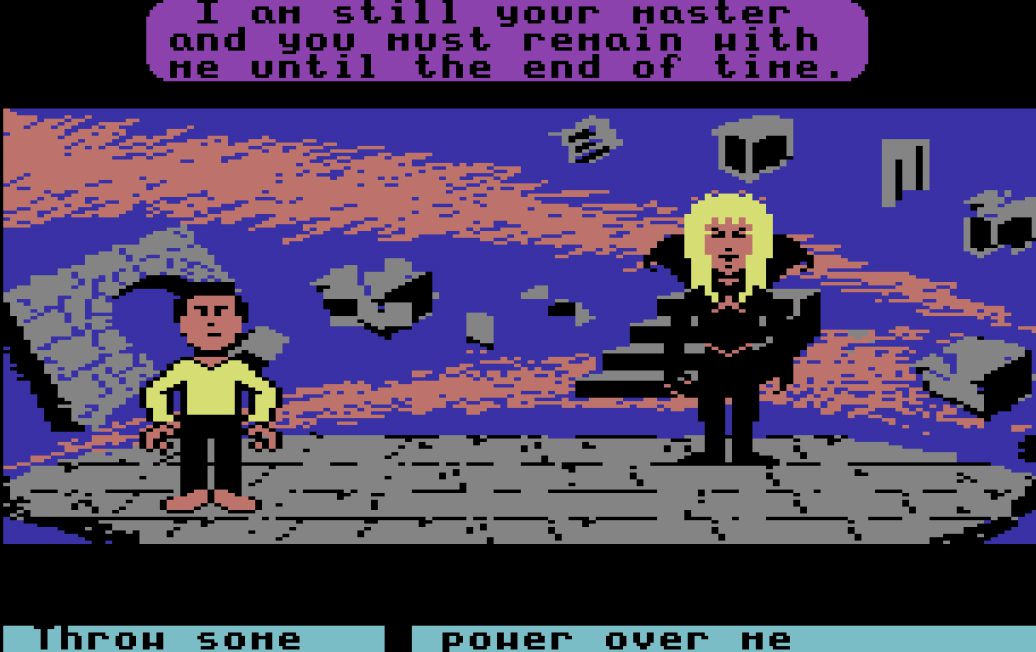
Labyrinth: The Computer Game is a graphic adventure game created by LucasFilm Games (now LucasArts) based on the film Labyrinth directed by George Lucas. The main goal of the game is to defeat Jareth (played by David Bowie in the film) in 13 real-time hours by solving his labyrinth or be trapped there forever.
The game was LucasArts’ first graphic adventure game which it became popular for in the nineties. Labyrinth borrowed elements from text-based interactive fiction, but made use of animations and a limited text wheel which players can choose a command from. This system would evolve into the point-and-click gameplay seen in the Monkey Island series and Grim Fandango and other LucasArts titles, as well as recent video games such as Machinarium and Telltale games.
Alone in the Dark (1992)
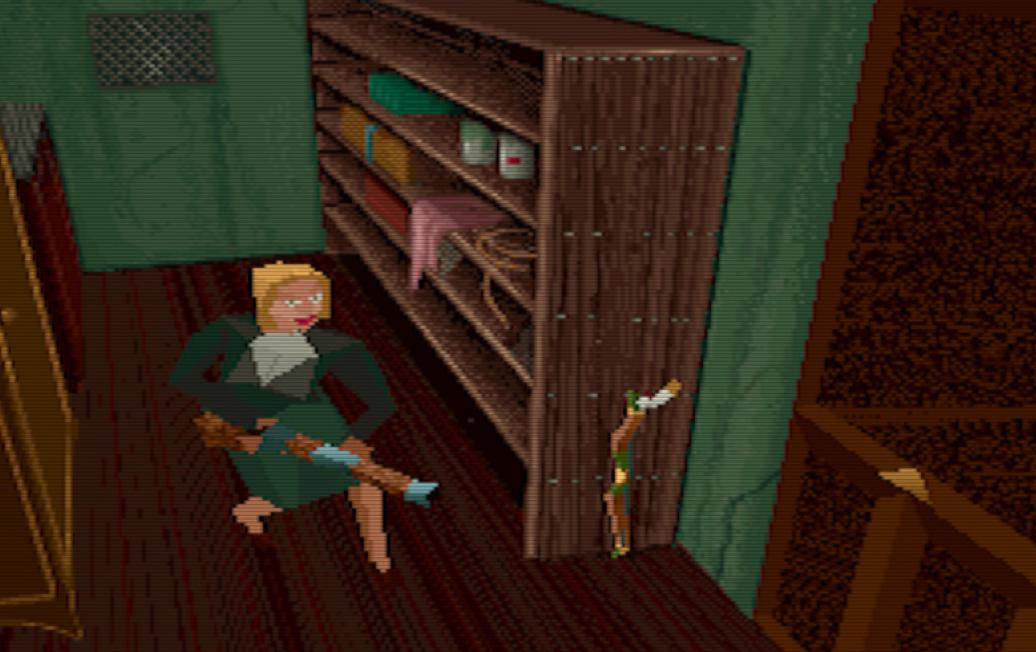
Released by French company Infogrames (remember them?) in 1992, Alone in the Dark was among the first games to use polygonal characters, and was recognized by the Guinness World Records as the first 3D horror survival game.
Inspired by the works of H.P. Lovecraft and 80s horror films, Alone in the Dark also pioneered many survival horror staples in sound design (creaking floors, eerie hums and howls, scary music), fixed cinematic framing, dark map design, and puzzles that make traversing through the frightening world an even more stressful task.
While the graphics are outdated, Alone in the Dark is still a terrifying experience to this day. Go ahead, try it out.
Dune II (1992)
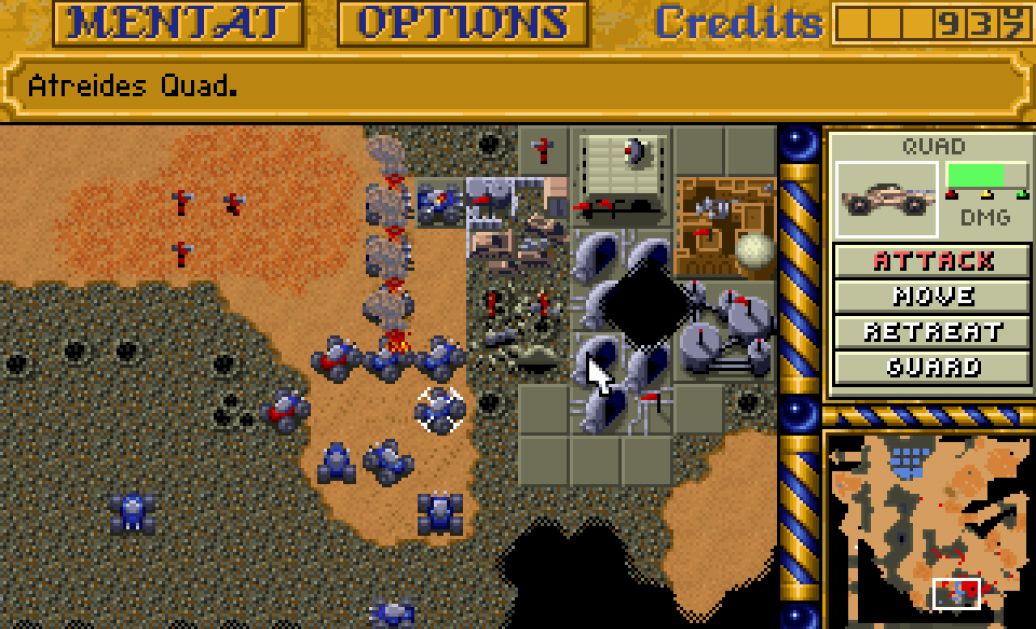
Allow me to skip over the first Dune game as it is Dune II that was so groundbreaking for its time. Based on Frank Herbert’s novel of the same name, the game is set in a universe of opposing houses battle for interplanetary dominance powered by the spice known as “melange.”
Dune II was the precedent for all real-time strategy games that came after it. Players are tasked to create a functioning base from which they could gather resources and launch an assault on the enemy base by producing a large amount of units with varying functions and effectiveness.
The game also featured special units, buildings and weaponry for each house which back then was a pretty impressive feat of game development.
Sound familiar? Dune II was developed by the good folks at Westwood Studios which also created the popular Command and Conquer
series of strategy games which carried the Red Alert, Tiberium, and Generals series. The mechanics went beyond Westwood and was adopted by multiple developers and created many classic titles like Warcraft and Age of Empires.
Wolfenstein 3D (1992)
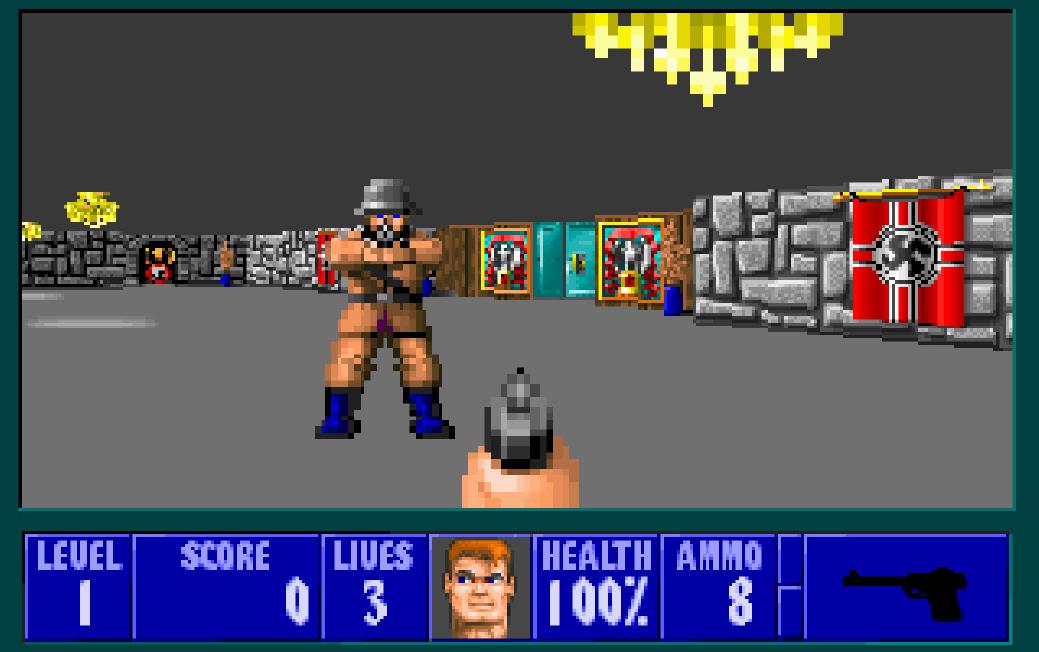
What Dune II was for real-time strategy, Wolfenstein was for first-person shooters. Albeit, the plot combined with the treatment might raise a few eyebrows these days, but the fact of the matter is, Wolfenstein 3D laid the foundation for the modern first-person shooter.
While technologically, it was just on par with the norm back then, but the game pushed the boundaries in terms of pace and strategy for a shooter. It required faster reflexes, the use of the environment, and an itchy trigger finger to vanquish waves upon waves of soldiers of the Third Reich, both living and the undead.
The game was also noted to be one of the first widely modded video games with gamers across the world finding ways to create character and weapons skins even without any official mod tools. The game developers, id Software, caught on with this new level of customization and included full mod support for its subsequent first-person title, Doom.
Starcraft (1998)
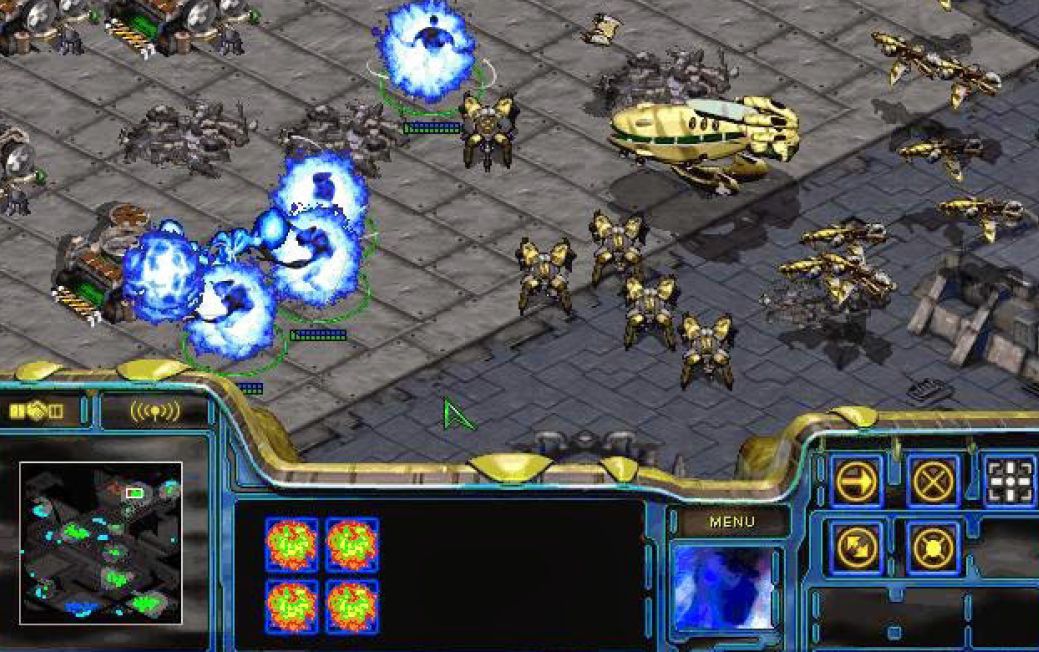
With faster internet speeds, and better performing computers, more and more video games supported online play. This led to competitive gaming, known as eSports, and while the concept is not new, Starcraft brought eSports to the big leagues.
Its peak as a competitive real-time strategy game was in the early 2000s and was, and is, especially huge among South Korean gamers. This led to competitors becoming local, and even international celebrities, gaining endorsements and getting paid huge sums of money for tourneys. Forums were built to discuss strategies, dedicated television programs provided color commentary for streams of competitions, a whole culture was built out of gaming. I am not saying Starcraft single-handedly legitimized eSports to the world, but it sort of did.
Half-Life (1998)
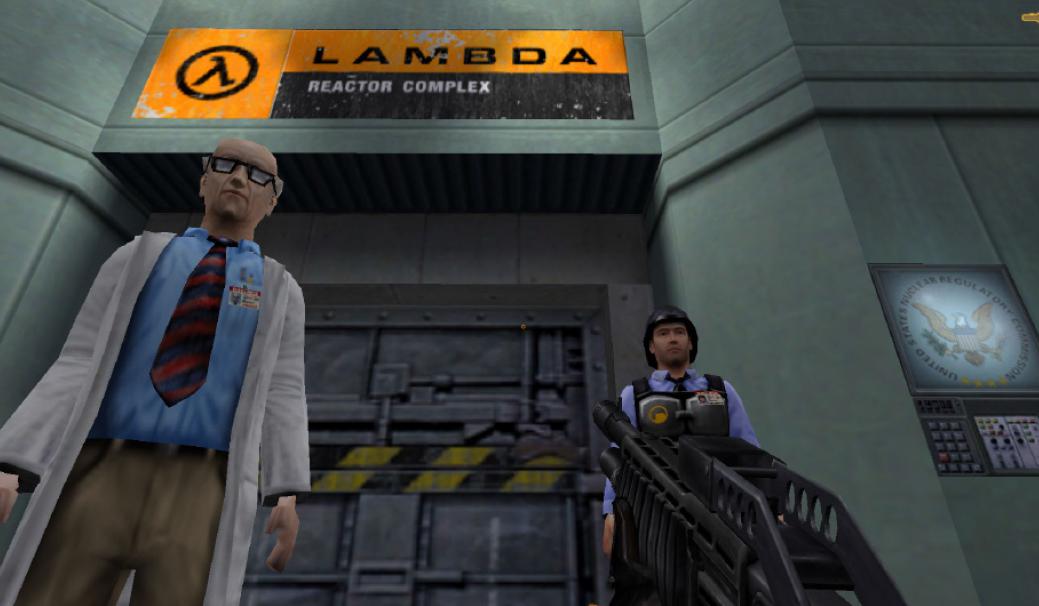
Half-Life changed the tone of first-person shooters of the run-and-gun gore-fest of the Doom era to a captivating and immersive story with depth and grit. Designed with no cutscenes, the game’s plot was woven in organically into the game with NPCs talking to the player from different locations as if in the real world. Players got a more literal “in one’s shoes” type of experience, assuming the role of Gordon Freeman, seeing the world through his eyes. He does not speak, nor does he have a face. It was all meant to make the players feel as if they were Gordon.
The game’s legacy continues onto this day, with Half-Life’s GoldSrc engine being the father of Valve’s Source engine. Half-Life also spawned a sequel with two episodes, and an officially acquired, independently created mod known as Counter Strike.
The Sims (2000)
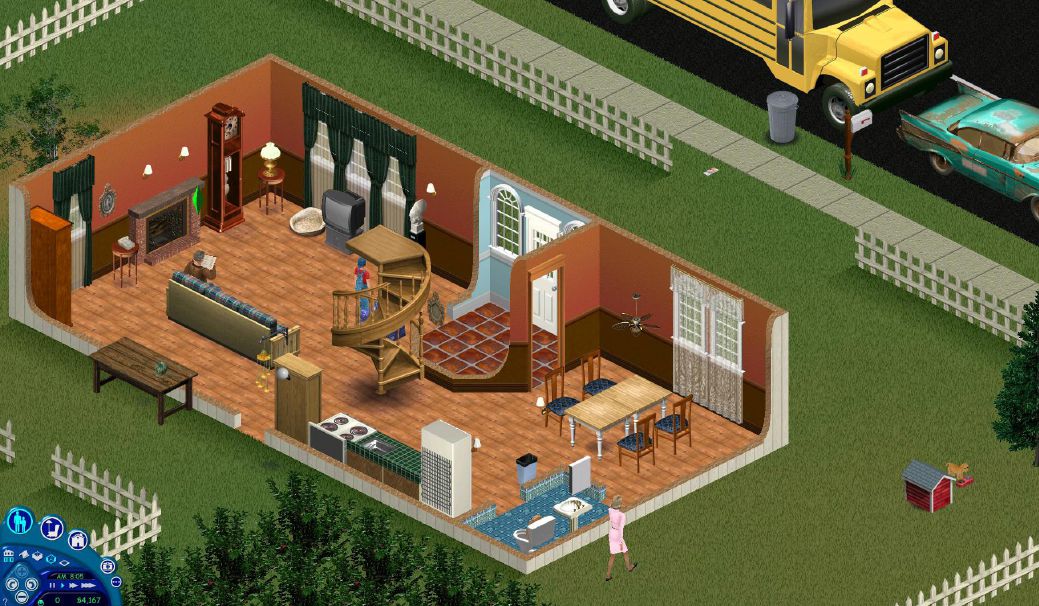
The Sims came out at the start of the new millennium and changed the gaming world’s idea of “sandbox.” The game did not have set objectives or missions. The player had one job: to live one’s life.
The Sims let users create their own characters with different traits, design a living space complete with furniture and plumbing, find a job, get married, have kids and grandkids, and grow old. And if you are like me, your Sim has probably done more with his life than you have in real life.
The game proved very popular, with Maxis (later EA) creating several sequels and expansion packs, as well as console adventure games based on the franchise. Many developers would also copy elements from The Sims to their games.
RuneScape (2001)

RuneScape showed the possibilities of browser-based gaming. Although the updated version of the game client is worlds away from the original, RuneScape gave the world a massive three-dimensional world which let them explore, go on quests, and trade items. It was all for free: it just needed a web-browser (connected to the Internet of course) and Java installed on the computer.
The game went on to become the world’s largest free-to-play MMORPG, outlasting every game with a dedicated client that tried to go against it. And it’s still getting bigger as we speak.
Also published in GADGETS MAGAZINE March 2017 Issue
Words by Robby Vaflor
